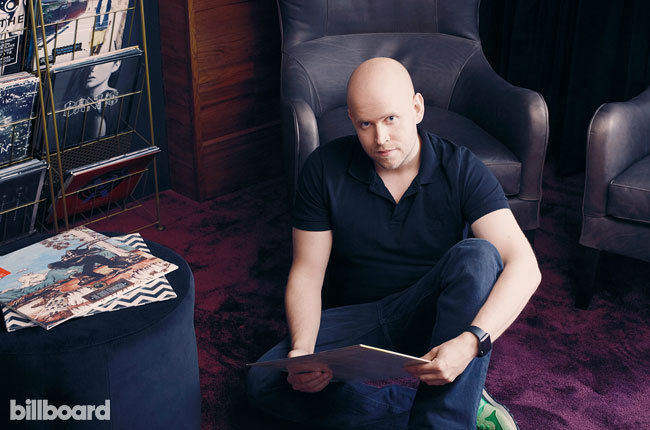Spotify has reached 20 million subscribers and 75 million monthly listeners globally, the company announced Wednesday. This latest threshold comes five months after the company announced it surpassed 15 million subscribers and 13 months after the 10 million- subscriber mark.
The new numbers arrived two days after Apple introduced its Apple Music subscription service. Apple plans to launch Apple Music in over 100 countries on June 30. Spotify is available in 58 countries.
Spotify has also added to its financial war chest, closing a funding round of $526 million on Tuesday that values the company at $8.53 billion. Details of the deal were reported by The Wall Street Journal and posted to CrunchBase, and confirmed to Billboard by a Spotify representative. The numerous investors include TeliaSonora AB, a Nordic telecommunications company and longtime partner that pitched in $115 million for a 1.4-percent stake. Other investors include Abu Dhabi’s sovereign-wealth fund, and asset managers, hedge funds and venture capital firms in the United States, United Kingdom and Canada, according to the report.
The investment from TeliaSonora goes deepest. The TeliaSonora press release says the two companies are amplifying their longtime partnership by “committing resources, staff and other assets” to further innovation in “media distribution, customer insights, data analytics and advertising.” TeliaSonora, which has bundled with its services for many years, will create a team with Spotify “to run the projects.”
The new numbers highlight the differences between Spotify and Apple, presumed to be a major competitor in the subscription music space. Spotify has used the freemium business model to attract 20 million paying customers. Pay-only services lag far behind. Rhapsody claims to have 2.5 million subscribers globally. Tidal, Rdio and Beats Music, the predecessor to Apple Music, are each believed to have fewer than 1 million subscribers.
Yet Spotify’s freemium business model has attracted a great amount of controversy. Its critics contend ad-supported, free listening provides too few royalties to rights owners. Many critics simply believe consumers should pay for an on-demand service’s catalog and features. Spotify has pushed back. The company claims 80 percent of new subscribers come from the free service. Spotify has now paid out $3 billion to rights holders, with $300 million paid in the first quarter alone.
The latest subscriber and user counts suggest Spotify’s freemium model may have gained some traction since late 2014. Previously released numbers have — with incredible consistency — had a 25-percent ratio of subscribers to total active users: 5 million subscribers and 20 million active users, 10 million subscribers and 40 million active users, and 15 million subscribers and 60 million active users. Had Spotify maintained that ratio, it would have 80 million rather than 75 million active users. What was a 25-percent ratio is now a 26.7-percent ratio.
The new numbers show subscriber growth rate (33.3 percent) exceeded the growth rate of free listeners (25 percent). This fits with the theoretical underpinning of Spotify’s freemium business model: some free listeners will, over time, become subscribers and pass along more royalties for rights holders. Over time a successful freemium model will exhibit improved conversion rates — as seen with Spotify’s numbers. Whether or not Spotify’s slight improvement placates its critics remains to be seen.


